
Energy and Sustainability
Energy and Sustainability research addresses the acute problems of pollution and carbon emissions. We develop processes to make chemicals and materials via green chemistry, create sustainable materials (recyclable biodegradable plastics and more), and advance new ideas for energy systems such as batteries and solar cells.

Prof. David Cahen
We research self-repair of optoelectronic materials, with implications for greener resource use, and amazing solid-state electron transport across proteins, with implications for bioelectronics; both are issues that challenge present models and understanding.

Prof. Gary Hodes
We study (together with David Cahen) halide perovskite semiconductors with emphasis on their properties relevant to photovoltaic applications.

Prof. Ernesto Joselevich
We investigate the formation and organization of nanomaterials (including nanowires, nanotubes and 2D materials), their physical properties (structural, mechanical, electronic, optical, optoelectronic, electromechanical, etc.), and their integration into functional systems (computing, solar cells, sensors, etc.).

Prof. Leeor Kronik
The Kronik group studies unique properties of materials using first principles quantum mechanical calculations based mostly on density functional theory. The group develops formalism and methodology and applies it to the prediction/interpretation of novel experiments.

Prof. Michal Leskes
Development of advanced solid state NMR spectroscopy methods for materials science applications, with particular focus on elucidating the relation between structure and function in energy storage and conversion materials.

Prof. David Milstein
The Milstein group designs and develops green and sustainable reactions catalyzed by metal complexes for waste-free organic synthesis and renewable energy, based on new approaches to the activation of strong chemical bonds.
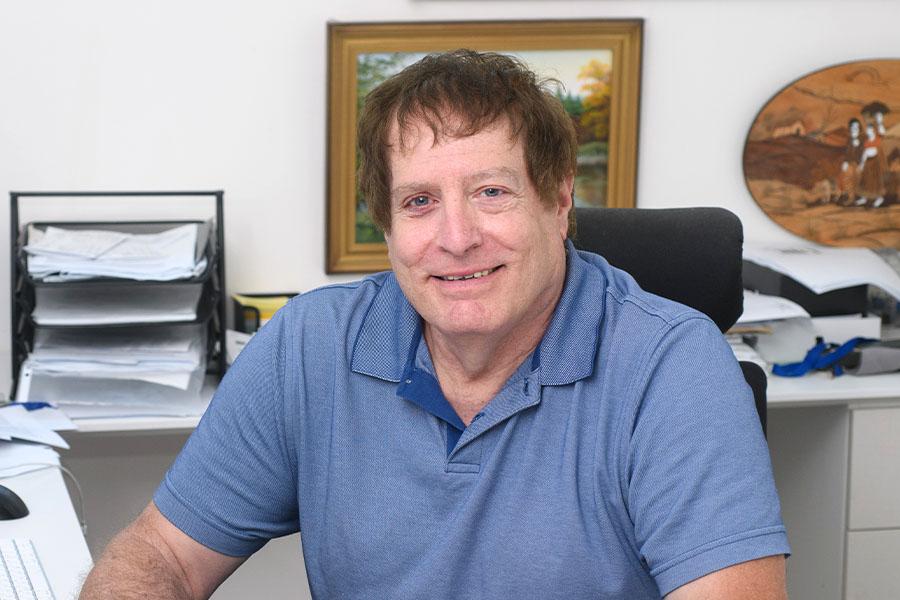
Prof. Ronny Neumann
The Neumann Lab focuses on catalysis, sustainable chemical transformations and renewable energy research. Using electro- and photochemical techniques the research involves activation and use of small molecules such as oxygen, nitrogen, water and carbon dioxide.

Prof. Dan Oron
The group studies the interaction of light and matter at the nanoscale. This includes the optics of nanoscale objects, and the development of methods for optical imaging beyond the diffraction limit.
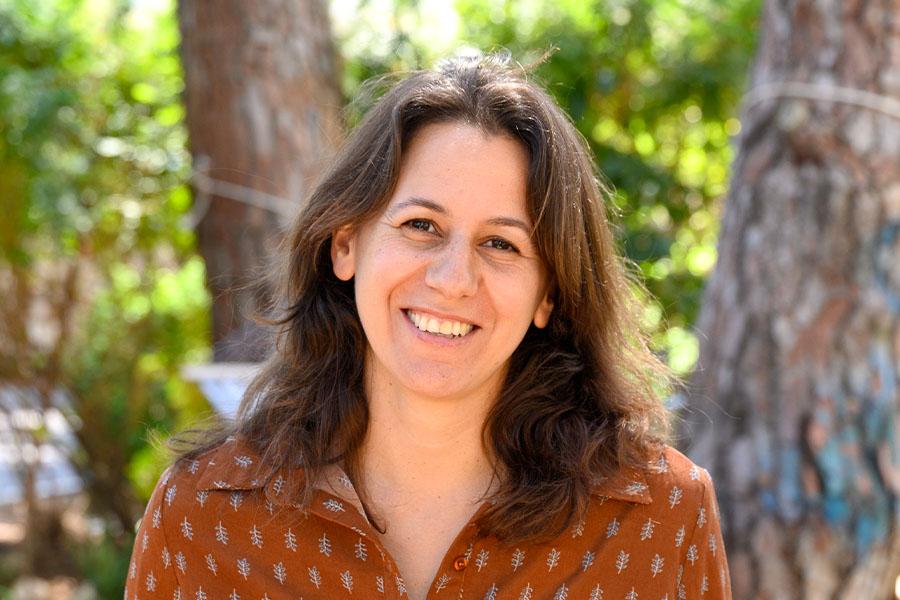
Dr. Sivan Refaely-Abramson
Our group develops and applies ab initio many-body computational approaches to study excited-state transport and dynamics and complex exciton phenomena in extended functional materials.
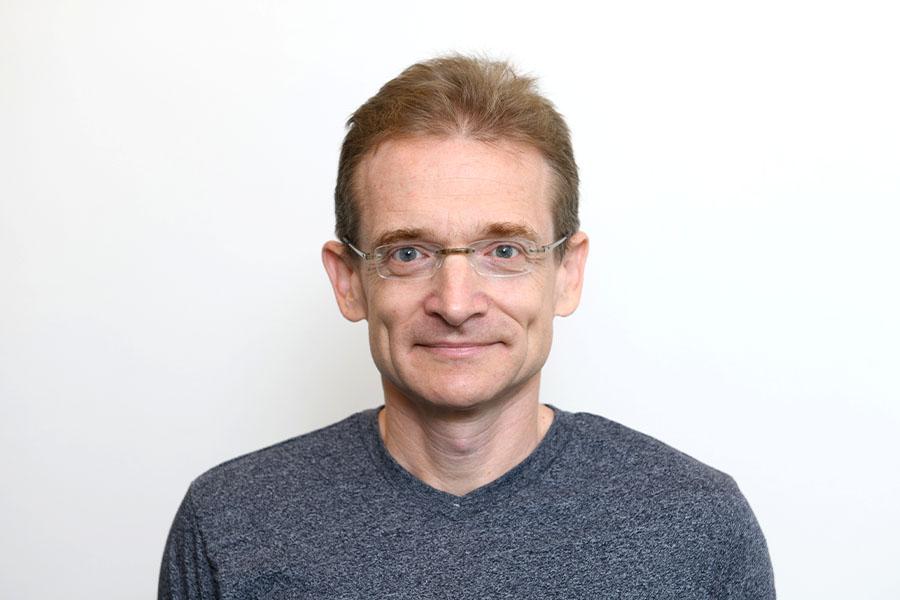
Prof. Boris Rybtchinski
We develop robust noncovalent materials (molecular plastics) that are easily fabricated and recycled, enabling a sustainable alternative to conventional pastics. We also work on energy materials that are employed in batteries and solar cells.
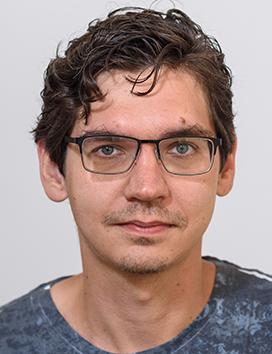
Dr. Sergey Semenov
The Semenov group uses tools of organic and physical chemistry to understand and apply out-of-equilibrium phenomena in chemical systems.

Prof. Milko van der Boom
From molecules to materials. We would like to understand how structural complexity, order and chirality emerge in crystals and thin films. Using coordination chemistry, such materials are designed to have fascinating properties.
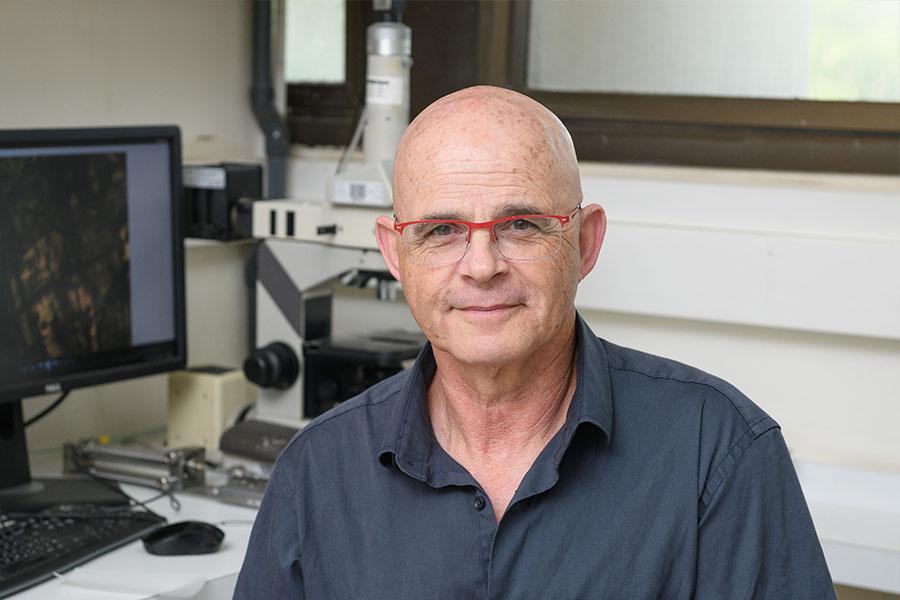
Prof. Daniel Hanoch Wagner
Research in the Wagner team concentrates on microstructure-mechanics correlations in polymer nanofibers, carbon nanotubes, graphene, nanocomposites, and biological materials.



